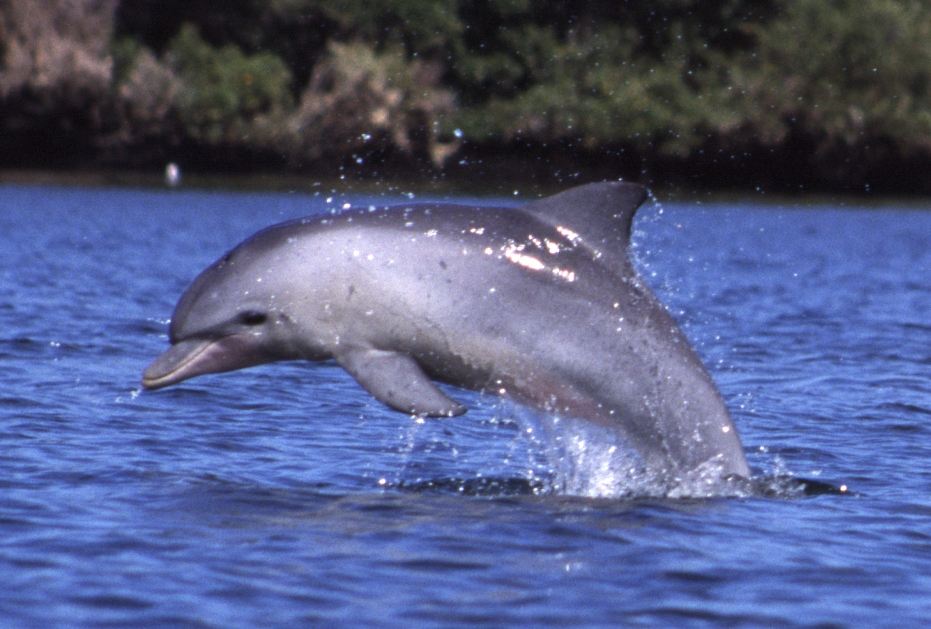Tursiops aduncus
IUCN
LCBasic Information
Scientific classification
- name:Tursiops aduncus
- Scientific Name:Southern bottlenose dolphin, Southern bottlenose dolphin, Southern dolphin, Indian Ocean bottlenose dolphin, Eastern bottlenose dolphin
- Outline:Cetacea
- Family:Artiodactyla Cetacea Delphinidae Tursiops
Vital signs
- length:Max. 2.7m
- Weight:230kg
- lifetime:40 years
Feature
Bottlenose dolphins are the most common cetacean and are known for their agility.
Distribution and Habitat
Indo-Pacific bottlenose dolphins are mainly distributed in tropical and warm temperate waters of the Indian and western Pacific Oceans, and often appear in coastal waters of the continental shelf or along the coasts of islands.
Appearance
The Indo-Pacific bottlenose dolphin is a bottlenose dolphin. Compared with other dolphins, it is more slender, with a very tall and curved fin on its back, a very wide and long beak, and like the striped dolphin, it has very unique gray-white patches on its sides, extending from the abdomen to the pectoral fins and both sides of the face, while the rest of the skin on its back is dark gray. Another obvious feature is that although its abdomen is also white, it has many scattered small gray spots on it.
The Indo-Pacific bottlenose dolphin has a very smooth streamlined body. Its dorsal fin is sickle-shaped and located in the center of the back. The caudal fin is wide and has a clear concave in the center.
The body length of a newly born Indo-Pacific bottlenose dolphin is generally 1m and the weight is 15.5kg.
The Indo-Pacific bottlenose dolphin has 96-116 conical and sharp teeth, but these teeth are not used for chewing.
There is a raised fatty tissue at the front of the dolp
Details
The Indo-Pacific bottlenose dolphin has a short and thick beak that resembles a water bottle, hence the name "bottlenose". But this is not a real nose, its nostrils have evolved into a breathing hole on the top of the head.

dolphins.html">Dolphins are highly social animals and usually live in groups. The number and structure of their groups vary depending on the species and distribution area. Bottlenose dolphins usually live in groups of 5-15.
It has been observed that Indo-Pacific bottlenose dolphins like to chase each other and jump out of the water.
Indo-Pacific bottlenose dolphins living in coastal waters face many threats: pollution from toxic chemicals, a sharp decline in offshore fishery resources, interference from human activities (accidental injuries from ships, dolphin watching, etc.), engineering construction, and habitat destruction (including noise pollution), etc. The accumulation of these factors will lead to a decline in the population in the future. The lack of historical data affects the judgment of the future development trend of this population.
The Indo-Pacific bottlenose dolphin is listed on the IUCN Red List of Threatened Species with insufficient data
It is listed in the CITES Appendix of the Convention on International Trade in Endangered Species of Wild Fauna and Flora.








